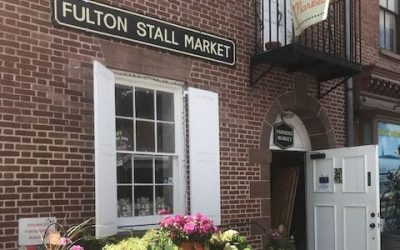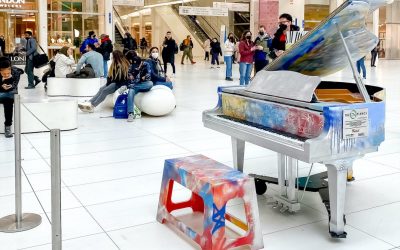
Racism And Opportunity Give Rise To A New Nation In A Small Neighborhood.
There is no more amazing area to behold than New York City’s Chinatown. The veritable nation-within-a-nation features the largest Chinese population on the planet, outside of the Asian continent, and has been a New York City fixture since its birth in the 1880s.
Established on the notorious geography that was Five Points, and the home of the tenement slums that produced The Gangs of New York, Chinatown is roughly bounded by Broome Street on the north, Chambers Street to the south, East Broadway to the east, and Broadway to the west, depending on the era you’re talking about or the people you’re talking to.
With a current population approaching 100,000, the area had its beginning in the tail end of the gold rush and the completion of the railroads in the Old West. When jobs in both industries began to dry up, the floods of Chinese immigrants who came to the United States to seek their fortunes needed a new alternative.
Because the Chinese were so desperate to work, they were more than willing to take on undesirable jobs at lower wages and as a result, faced anger, discrimination and violence from whites around the country. The intensity of this racism peaked with the onerous Chinese Exclusion Act of 1882, which was intended to stop the immigration of these people altogether.
As a result, many Chinese people came to New York seeking asylum and opportunity, along with the support of their own people. An early settler named Ah Ken, who lived on Mott Street and ran a cigar roll- ing business, is often credited with providing some of the first jobs and accommodations to other Chinese immigrants around this time.
When they arrived, new Chinese immigrants were provided contacts with whom they could board until they were on their feet. This sometimes placed 5-15 people into two-bedroom apartments, and the population boomed. Soon, new Chinese businesses began sprouting up all over the former Five Points area, and people flooded here by the thousands to escape oppression and find work. Uniquely, and to protect themselves from further violent attacks and discrimination, the Chinese people established internal associations of government, community, business and recreation to make the area self-sustaining, minimizing the need for contact with the outside world.
Sometimes this development took a dark turn when some of these associations turned out to be criminal and violent. They were known as “Tongs” and preyed upon local businesses and people. Because they were often from different backgrounds and regions of China, they would stage bloody, raging battles in the streets of the expanding neighborhood, further isolating it from other people who were afraid to venture inside
By Samuel A. Southworth
The Rebirth of Chinatown is the Rewing feature of DOWNTOWN’s Summer 2014 edition. If you would like to continue reading the entire article, you can find our latest issue on newsstands now! Or you can subscribe to DOWNTOWN Magazine for home delivery by clicking here.













